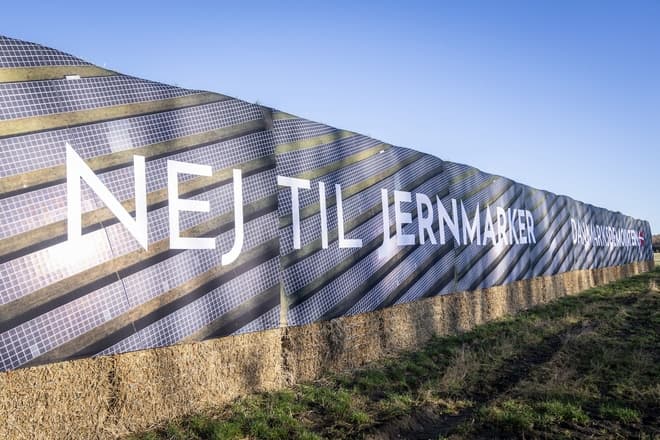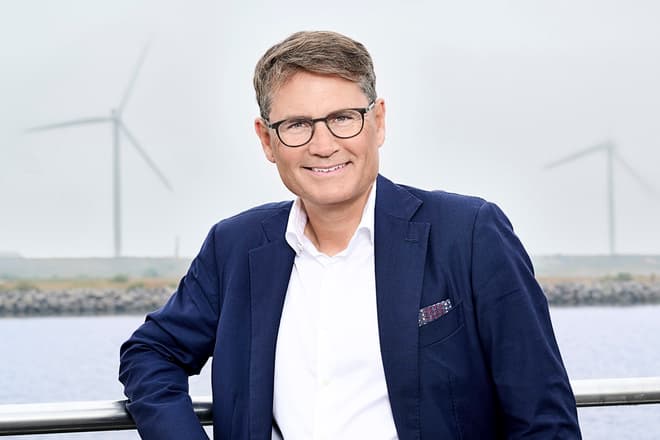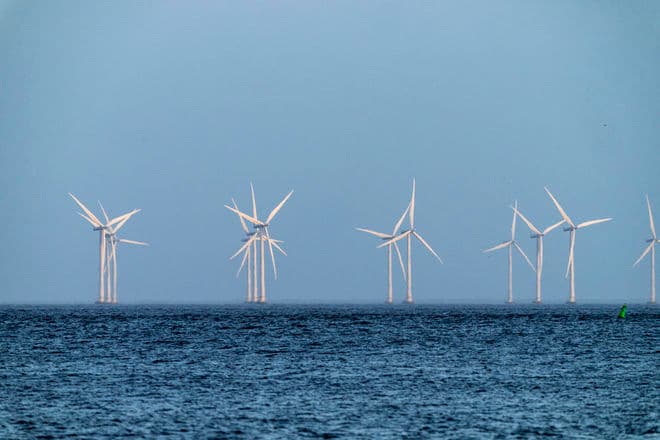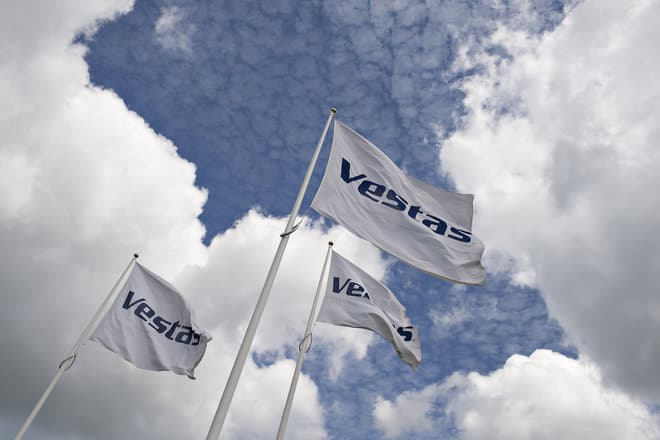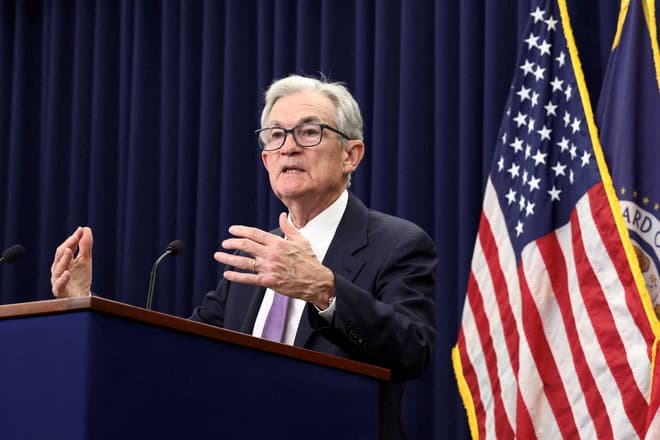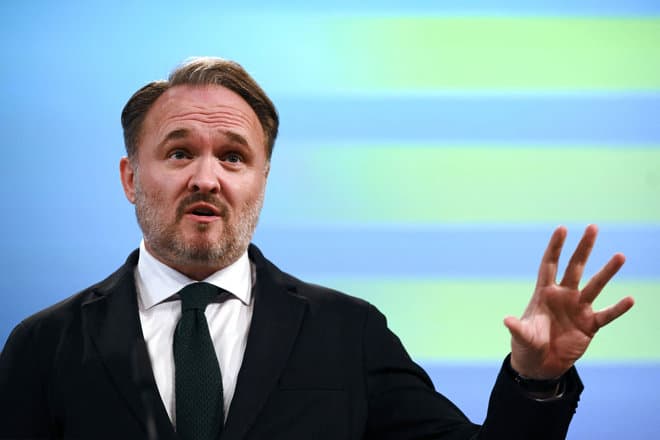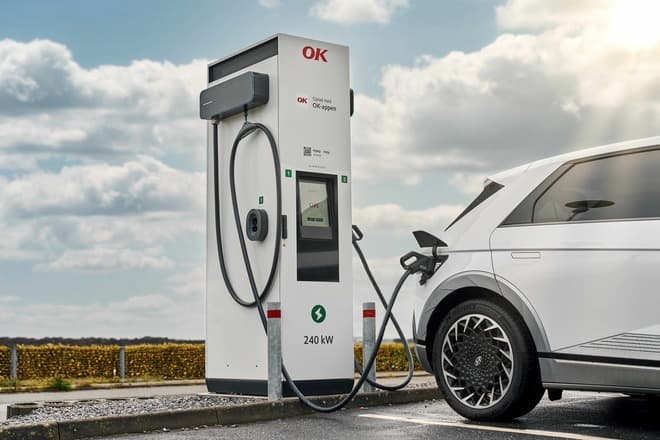
Ørsted's board of directors has today approved a business plan with an ambition of 35-38 GW of installed capacity by the end of 2030 and updated financial targets after completing a comprehensive review of its portfolio. The updated ambition and financial targets announced by Ørsted today underline that, despite its challenges in 2023, Ørsted remains a global leader in offshore wind with an ambition to deliver attractive growth and returns through 2030. Ørsted writes this in a press release.
Despite strong underlying progress, 2023 was a year of significant challenges for Ørsted, as the company made significant impairments on its US offshore wind projects, which resulted in additional costs associated with contract termination and negatively impacted Ørsted's forecasts for its credit metrics (FFO/adjusted net debt).
In response, Ørsted is implementing measures to ensure a robust balance sheet that can support long-term growth and a robust capital structure through 2030. Based on the experience from its offshore wind projects in the US, Ørsted has also conducted a comprehensive review of its project portfolio and initiated measures to reduce risks.
- We have prioritized projects in our portfolio and are implementing significant changes to our business, including by revising our business model to reduce risks. We are now presenting a robust business plan, and with a persistent focus on value creation, we plan to more than double our current installed capacity of renewable energy by the end of 2030, says Ørsted CEO Mads Nipper.
Risk and portfolio review
Ørsted's fundamental strategic choices regarding technologies and regions are not being changed, and Ørsted's ambition remains to be the world leader in offshore wind and a regional player in onshore renewable energy and PtX in Europe and the US. However, Ørsted has reassessed its portfolio to prioritize growth opportunities with the greatest potential for value creation and lower risks.
Ørsted is implementing the lessons learned from its offshore wind projects in the US into its business model to reduce risks in project development and execution. Particular focus is placed on contingency planning, supplier oversight, inflation protection, thorough review of commitments before final investment decisions, greater flexibility in project schedules and commissioning dates, and project management and review.
As previously announced, Ørsted has decided not to proceed with the development of the offshore wind projects Ocean Wind 1 and Ocean Wind 2 in the form in which they were awarded by the New Jersey regulatory authority, the Board of Public Utilities. Ørsted has also decided to reposition the Skipjack Wind offshore wind turbine project in the US and will primarily focus its portfolio within offshore wind in the US off the northeast Atlantic coast. To further reduce its development costs and increase its strategic market focus, Ørsted will exit several offshore wind markets (including Norway, Spain and Portugal) and downgrade its development activities in Japan, and the company also plans a more focused development within floating offshore wind and PtX.
Cancellation of projects and partial postponement of capital investments across the portfolio will result in a reduction in capital investments of approximately DKK 35 billion in the period 2024-2026 compared to the figures presented at the Capital Markets Day in June 2023.
As a result of the portfolio review, Ørsted believes that the company now has a more robust portfolio of projects, and the company has also changed the focus of its offshore wind strategy in the US. The changes in the portfolio will result in a reduction of approximately DKK 3 billion. DKK in development costs in the period 2024-2026 compared to the figures presented at the Capital Markets Day in June 2023.
Robust balance sheet - but layoffs on the way
In addition to reducing capital expenditures and project development costs, Ørsted has decided not to pay dividends for the financial years 2023-2025.
In addition, Ørsted will accelerate its divestment program. Partial divestments and divestments are expected to contribute proceeds of approximately DKK 115 billion towards 2030, of which approximately DKK 70-80 billion is expected in 2024-2026.
In addition, Ørsted will initiate initiatives to make the organization more streamlined and efficient, and the company has set a goal of reducing its fixed costs by DKK 1 billion. DKK in 2026 compared to 2023 on a comparable basis. This will result in the elimination of 600-800 positions globally. Not all job cuts result in redundancies, but there will be redundancies during 2024, and today Ørsted announces that it will lay off approximately 250 employees globally within the coming months.
- In order to improve our competitiveness and ensure value creation and our ability to attract capital for the expansion of renewable energy, we will make Ørsted a more efficient and streamlined company. This includes, among other things, the elimination of positions. We will do our utmost to implement this in a fair and respectful manner, says Mads Nipper
Update of strategic ambition, financial targets and financial policies
As a result of the business plan approved by the Board of Directors, Ørsted has updated its ambition for installed capacity from approximately 50 GW of renewable energy by the end of 2030 to 35-38 GW, which is more than doubling the current installed capacity of 15.7 GW. By the end of 2026, Ørsted expects to have an installed capacity of approximately 23 GW.
Ørsted has also updated its financial targets for 2024-2030 and its financial policies to reflect the new strategic ambition for installed capacity by the end of 2030 (targets announced in June 2023 indicated in brackets):
Ørsted maintains its target of a spread of 150-300 basis points between the unlevered rate of return (IRR) over the full life cycle, including development and overhead costs, and the weighted average cost of capital (WACC), when we bid or make final investment decisions, whichever comes first.
Ørsted expects EBITDA (excluding new partnerships) to increase to approximately DKK 39-43 billion. DKK in 2030, which corresponds to an annual growth (CAGR) of 8% in the period 2023-2030 (previously DKK 50-55 billion in 2030, which corresponded to an expected annual increase of 13-14%).
Ørsted expects to achieve an average return on invested capital (ROCE) of approx. 14% in the period 2024-2030 (previously approximately 14% on average in the period 2023-2030).
Ørsted has a target of a solid and attractive credit rating with a ratio between FFO and NIBD of more than 30% (previously an FFO/NIBD of more than 25%).
Ørsted has decided not to pay dividends for the financial years 2023, 2024 and 2025. Thereafter, the target is to resume dividend payments from the financial year 2026.
Ørsted plans to invest DKK 270 billion in the period 2024-2030, of which the company expects to invest approximately DKK 130 billion by the end of 2026.
The business plan is fully financed without the need to raise additional equity. It is financed through a combination of cash flows from operations, partnerships and divestments, tax credits and the issuance of debt and hybrid bonds.
Ørsted will continue to work to ensure a sustainable expansion that creates a positive impact on nature and society, and that spans more than just making energy systems CO2-neutral. Ørsted, in collaboration with its suppliers, has made significant efforts to reduce CO2 emissions throughout the supply chain and is well on track to achieve its science-based target of reducing its CO2 emissions by 98 percent. (scope 1 and 2) in 2025 and achieve net zero emissions for the entire value chain in 2040.
Thomas Thune Andersen resigns as Chairman of the Board
Following the approval of the above-mentioned business plan, Chairman of the Board Thomas Thune Andersen has today informed the Board that he has decided to resign as Chairman of the Board at the upcoming Annual General Meeting on 5 March 2024.
- 2023 was a challenging year for Ørsted. We have learned from the challenges and today present a robust business plan with revised strategic growth ambitions for 2030. The plan has been developed in close cooperation between the Group Management and the Board of Directors, and we are convinced that it is a robust plan that can ensure our continued long-term growth, says Chairman of the Board of Directors of Ørsted A/S Thomas Thune Andersen and elaborates:
- I have had the pleasure and privilege of being Chairman of the Board of Directors of Ørsted for the past ten years, when the company DONG Energy changed its name to Ørsted and transformed itself to be one of the world's leading renewable energy companies. We now have a new plan that will more than double Ørsted's capacity by the end of this decade and fulfill our continued ambition to be the world's leading green energy company. Now that the plan is in place and we are entering a new era, it is an appropriate time for me to step down and hand over the task of implementing the plan to a new chairman of the board.
As a result of Thomas Thune Andersen's decision to step down as chairman of the board, the board will as soon as possible make a recommendation on the election of a new chairman of the board at the annual general meeting on March 5, 2024.
jel
Text, graphics, images, sound, and other content on this website are protected under copyright law. DK Medier reserves all rights to the content, including the right to exploit the content for the purpose of text and data mining, cf. Section 11b of the Copyright Act and Article 4 of the DSM Directive.
Customers with IP agreements/major customer agreements may only share Danish Offshore Industry articles internally for the purpose of handling specific cases. Sharing in connection with specific cases refers to journaling, archiving, or similar uses.
Customers with a personal subscription/login may not share Danish Offshore Industry articles with individuals who do not themselves have a personal subscription to Danish Offshore Industry.
Any deviation from the above requires written consent from DK Medier.






